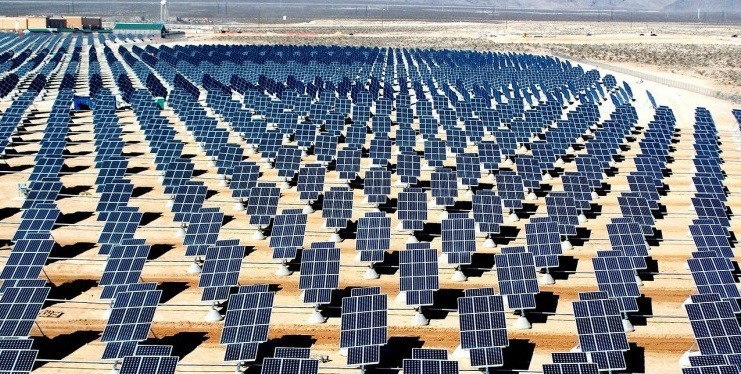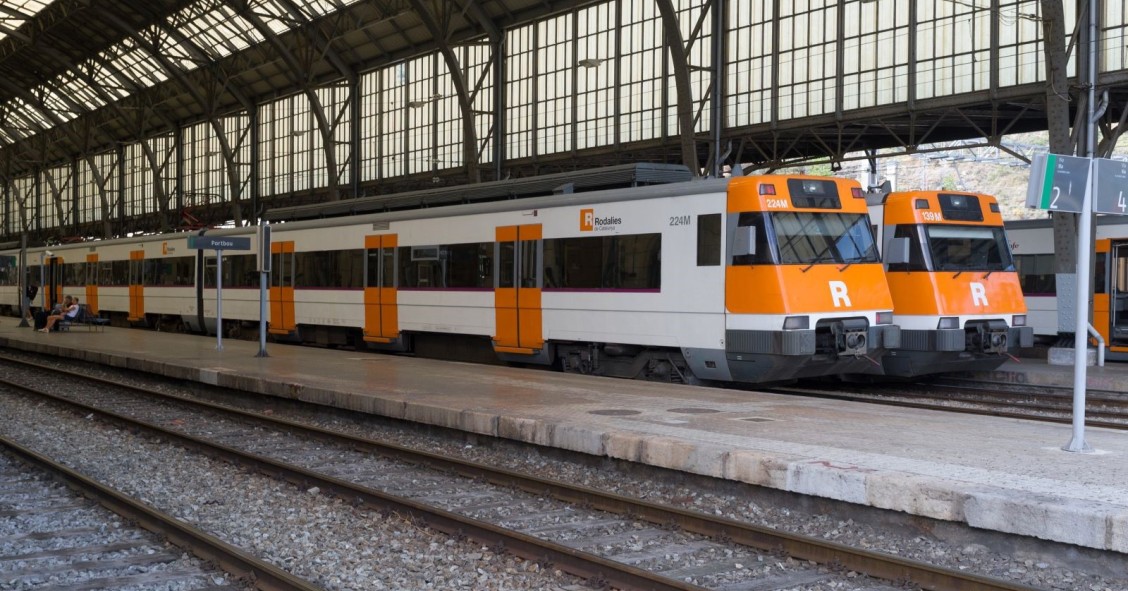
Solar energy has experienced a boom in Spain in recent years, so much so that the government has been forced to regulate self-consumption grids. According to a Euronews report, Spain is now ranked behind the Netherlands and Germany as the country with the third highest rate of electricity coming from solar energy. Therefore, as more and more people are turning to this type of energy, it is important to know how solar energy works. This is everything you need to know about solar energy in Spain, including facts and types of solar power.
What is solar energy?
Solar energy, as its name suggests, is the energy generated by the sun and which travels to the Earth through radiation. The importance of solar energy is unquestionable, as it is a renewable source of energy, therefore, it is a real alternative to other energy sources that are running out. Another of its main characteristics is its efficient use and exploitation, as it does not contribute to the deterioration of the environment, as is the case with oil, for example.
It is also characterised by being abundant and inexhaustible, and Spain is also one of the countries that can obtain the highest yield due to its many hours of daytime sunshine. The vast majority of commercialisation companies already offer the possibility of installing solar energy in the majority of electricity supply points.
More and more companies and individuals are opting for this innovative energy source, more specifically in two areas:
- Self-consumption. These are individual installations in houses, and even collective installations, as there are homeowners' associations that are beginning to install solar modules in their common areas.
- Solar farms. Solar fields are areas where numerous photovoltaic panels are installed to produce and market this type of energy on a large scale.
Ways of obtaining solar energy
As mentioned above, the sun is responsible for heating the earth via solar radiation. The radiation travels from the sun through space via particles called photons. It is these particles that transport solar energy. The success of this renewable source is that the energy the earth receives is 5,000 times greater than the energy it consumes, which is why it is characterised as unlimited.
But what are the main ways to obtain this type of energy? Firstly, photovoltaic solar energy. This involves directly transforming sunlight into electricity. This is achieved by transforming photons into electricity by means of photovoltaic solar panels that are installed on fields, rooftops and terraces, among other areas.
Secondly, we have what is known as solar thermal energy. The aim is to harness the sun's energy for domestic or private consumption, and even to produce mechanical energy, which is why this form of obtaining energy is widely used in industrial sectors. The companies that use this method the most are those that need to power absorption refrigeration machines, i.e. instead of using electricity, they use heat. In this case, solar collectors or solar collectors are used.
How do solar panels work?
What is the function of solar panels and solar collectors? The purpose of a solar panel is to generate electric current by the movement of electrons through the solar cells. This phenomenon is technically called the photoelectric effect or photovoltaic effect.
When sunlight is converted into electricity, it is thanks to the semiconductor material that absorbs the photons from the sun's rays. Subsequently, kinetic energy is transmitted to the electrons so that they can move inside the panel to produce the energy needed for cooking, for example.
The energy is circulated in a chain so that it can flow through the entire panel until it reaches the inverter, which will be responsible for transforming the direct current into alternating current.
The solar collector, on the other hand, is simpler to operate:
- The opaque glass at the top allows part of the solar radiation to pass through to the collector.
- The heat that accumulates inside the collector creates a mini greenhouse effect.
- As it passes through the so-called heat exchanger, the fluid in the nearby tank is heated to transport the thermal energy to where you want it to go.
Technological advances
In the last year, technological and digital advances in Spain and beyond have brought about numerous changes in most areas of society. Solar energy has not been exempt from this revolution.
Floating photovoltaic plants are already present in many countries and, moreover, with spectacular results. They are solar panels that float on the surface of drinking water reservoirs, lakes or waste ponds, among other places. The numbers speak for themselves, as the plants installed in Asia have managed to double the existing solar energy capacity, but with the advantage that no land has to be purchased.
Solar trees are being deployed on a massive scale in Israel, a leading country in the technology. The structure is similar to that of a natural tree, however, they have leaf-shaped solar panels connected through metal branches that use sunlight to generate energy. One of its main features is that it takes up 100 times less space, yet produces the same amount of electricity as a solar panel.
The structures for the fixation and orientation of the plates are of utmost importance for the production of this type of energy, since a bad position of this structure can be counterproductive. The latest driving and screwing techniques are becoming less and less invasive and therefore more environmentally friendly. In addition, over the years structures have become easier and easier to install, therefore the final costs are becoming lower and lower.
In short, it is very important to know how solar energy works, as this renewable energy source is revolutionising the electricity market, as well as users' bills. For more information on how much it costs to install solar panels in Spain, and the advantages and disadvantages of doing so, check out our guides.






